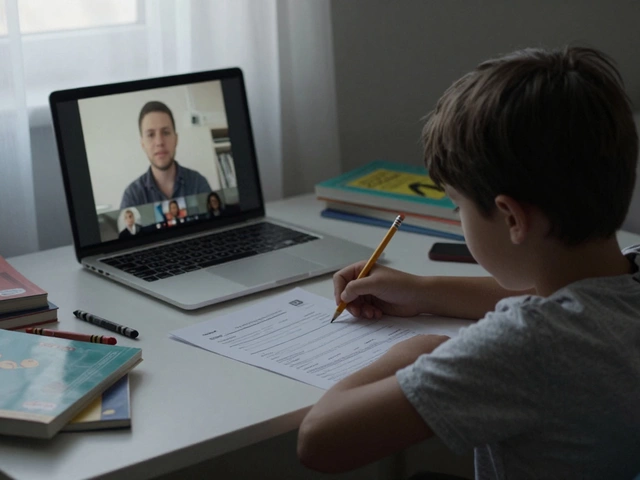Cognitive Support: Simple Ways to Boost Learning
Ever feel like a student’s brain is hitting a roadblock? That’s where cognitive support steps in. It’s all about giving the right nudges so the mind can work smoothly, whether you’re in a classroom, at home, or on the job. The goal isn’t to hand over answers, but to create conditions where thinking, remembering, and problem‑solving become easier.
What is Cognitive Support?
Cognitive support means providing tools, strategies, and environments that help learners process information without unnecessary strain. Think of it as a set of backstage helpers: visual cues, step‑by‑step instructions, memory prompts, and breaks that let the brain reset. For kids with autism, ADHD, or other special needs, these tools can turn confusion into clarity. For adults, the same ideas can make training sessions feel less overwhelming.
Everyday Strategies for Teachers & Parents
Here are quick actions you can start using today:
1. Chunk the content. Break lessons into bite‑size pieces. A 20‑minute lesson becomes three 5‑minute sections with a short pause in between. This gives the brain time to absorb and store each chunk.
2. Use visual aids. Diagrams, colour‑coded notes, and simple icons act as memory anchors. When a student sees a picture of a cycle, they recall the steps without reading a paragraph.
3. Prompt with questions. Instead of giving the answer, ask “What do you notice first?” or “Which step comes next?” This keeps the learner actively engaged and strengthens retrieval practice.
4. Offer choice. Let students pick the order of activities or the format they’ll use to show understanding. Choice reduces anxiety and boosts motivation, which in turn improves focus.
5. Build routines. A predictable start‑up routine—like a quick review or a breathing exercise—signals the brain that it’s time to switch into learning mode.
These ideas work across ages. A university tutor can use colour‑coded outlines for complex theories, while a parent can set up a visual schedule for a child with autism. The key is consistency; the brain learns faster when it knows what to expect.
Technology can help, too. Simple apps that flash key terms, timers that signal break moments, or audio recordings of instructions let learners review at their own pace. But remember, tech is a supplement, not a replacement for human interaction.
If you’re looking for more structured guidance, check out resources that cover special‑needs behaviour, adult learning theory, and classroom inclusivity. Articles on “Practical Strategies for Supporting Children with Special Needs” or “Best Adult Learning Theory” dive deeper into how cognitive support fits into broader teaching practice.
Finally, track what works. Keep a quick log of which strategies helped a student stay on task or improve recall. Over time you’ll spot patterns and can fine‑tune your approach.
Cognitive support isn’t a one‑size‑fits‑all solution. It’s a toolbox you keep adding to as you discover what clicks for each learner. Start with a couple of the tips above, watch the change, and expand from there. Your students will thank you with better focus, confidence, and results.






